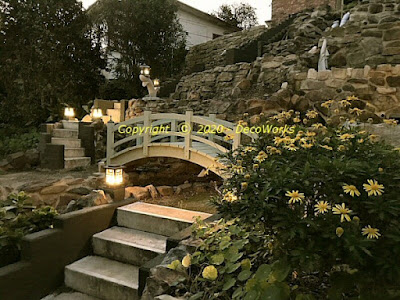Fibreglass Mould Making

Fibreglass moulds can be a one piece mould or, if the object has a complicated shape, made in two or more separate pieces bolted together to make the final mould. This makes removal of casts from the fibreglass moulds possible. There have been many unhappy souls who have made a cast in fibreglass moulds only to find they cannot remove them. There is no flexibility in fibreglass moulds so things will get permanently stuck if there are any undercuts. Main points of fibreglass moulds The aim is to make the surface of fibreglass moulds as smooth as possible. If the surface quality of the mould is like a mirror then the cast object will be the same. The extra care taken in making the mould will reap rewards when casting later. Mould release agents or wax should always be applied to moulds before laying fibreglass matting. The following steps are a general guide to making multi-section fibreglass moulds. Step 1 You must carefully plan where you want fibreglass moulds to split. In ...





